Single Clip Angles Welded OSL
- General Overview
- Tips and Tricks
- Related Tools
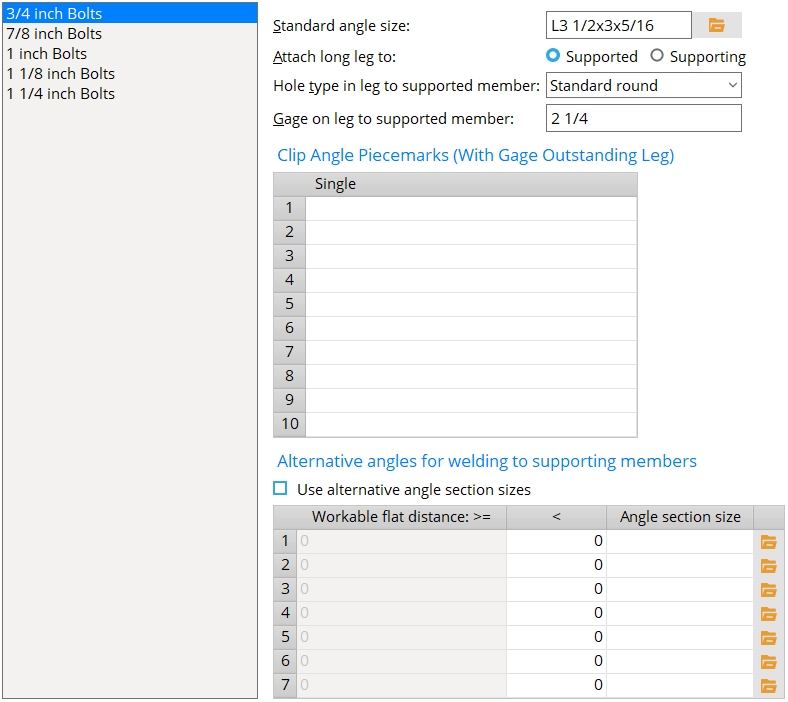
To specify this type of standard clip angle in the model :
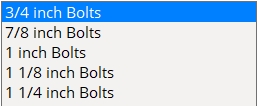 or
or
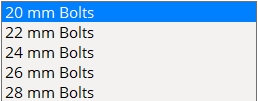
| Each bolt diameter is a different clip angle configuration that must be set up separately. The list box shows Imperial sizes when the " Available Bolt Diameters " is 'Imperial '. Metric sizes are displayed when the " Available Bolt Diameters " is set to 'Metric '. If " Available Bolt Diameters " is set to 'Both ', the primary dimensioning "Units" will determine whether the list box shows Imperial or Metric bolt sizes. |
Standard angle size: The angle section size for the specific bolt diameter tab that has been selected.
To enter an angle section size: Either type in the section size that you want (e.g., ' L4x3 1/2x5/16 '), or press the "file cabinet" browse button (
) and choose an angle section from the list of angles in the local shape file .
Attach long leg to: Supported or Supporting . This applies when a " Standard angle size " with unequal legs has been entered.
' Supported ' fastens the long leg of the angle to the web of the supported beam or the knife plate of the joist
' Supporting ' fastens the long leg of the angle to the supporting beam or column.
Hole type in leg to supported member: Standard round or Short slot or Long slot or Oversized or User slot #1 or User slot #2 .
Gage on leg to supported member: The distance from the outside corner of the clip angle to the center of the column of holes on the leg that bolts to the supported beam or the knife plate of the joist
Clip Angle Piecemarks
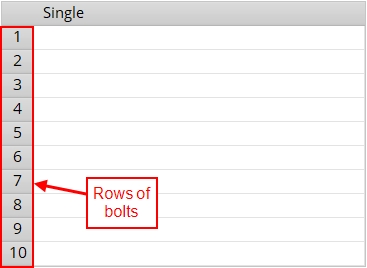
When connection design creates a clip angle that exactly matches a clip angle defined on that table, SDS2 piecemarking assigns the piecemark that is entered for that clip angle.
Note : To edit the Clip Angle Piecemarks table, your current Fabricator needs to be the Master Fabricator . This ensures that standard piecemarks for clip angles come from a single setup source, regardless of your current Fabricator.
Gage Outstanding Leg: This is the " Gage on leg to supported member " that is entered above. Since there is only one GOL, this table has only a single column.
Alternative angles for welding to supporting members
Use alternative angle section sizes: ![]() or
or ![]() . This applies when a single clip angle welds to the supporting beam or column. A welded-to-supporting clip angle is designed when " Attachment to supporting " is set to ' Welded '. A single clip angle is designed when " Side " is set to ' Near Side ' or ' Far Side '.
. This applies when a single clip angle welds to the supporting beam or column. A welded-to-supporting clip angle is designed when " Attachment to supporting " is set to ' Welded '. A single clip angle is designed when " Side " is set to ' Near Side ' or ' Far Side '.
If this box is checked (
), connection design looks at the workable flat distance on the face of the supporting member that the angle is to be welded to, then selects the angle from the alternative angles table (described below).
If the box is not checked (
), connection design uses the " Standard angle size " that is specified for a particular bolt diameter tab .
Workable flat distance is greater than or equal to
( >= )Workable flat distance is less than
( < )Angle section size The values in the first column are filled in automatically. They represent the lowest workable flat distance at which the " Angle section size" entered in a particular row will be applied.
The values in the second column can be filled in manually. Each such value represents the largest workable flat distance at which the " Angle section size " entered in a particular row will be applied. The angle to be welded within the workable flat distance on the supporting member. You need to account for the welds and the thickness of the supporting beam's web as well as the angle leg size when determining if the angle will fit in the specified workable flat distance.

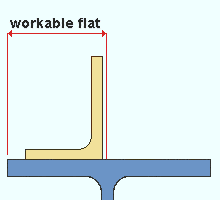
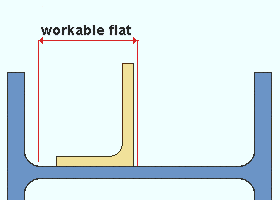


|
|
OK (or the Enter key) closes this screen and applies the settings.
Cancel (or the Esc key) closes this screen without saving any changes.
Reset undoes all changes made to this screen since you first opened it. The screen remains open.
- Clip angle input specs (settings for clip angles)
- Setup of clip angle connections (index)
- Clip Angle Settings

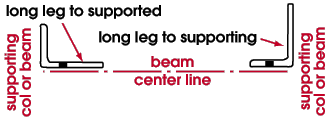

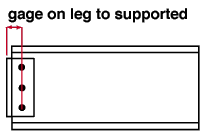
 or
or 







